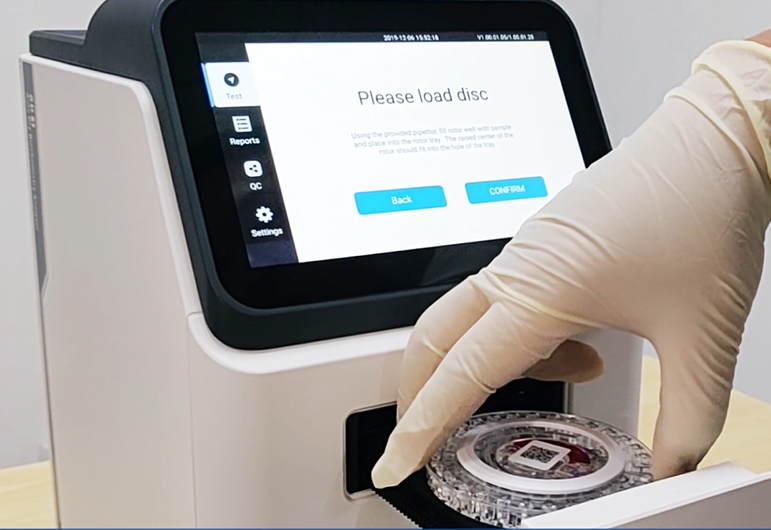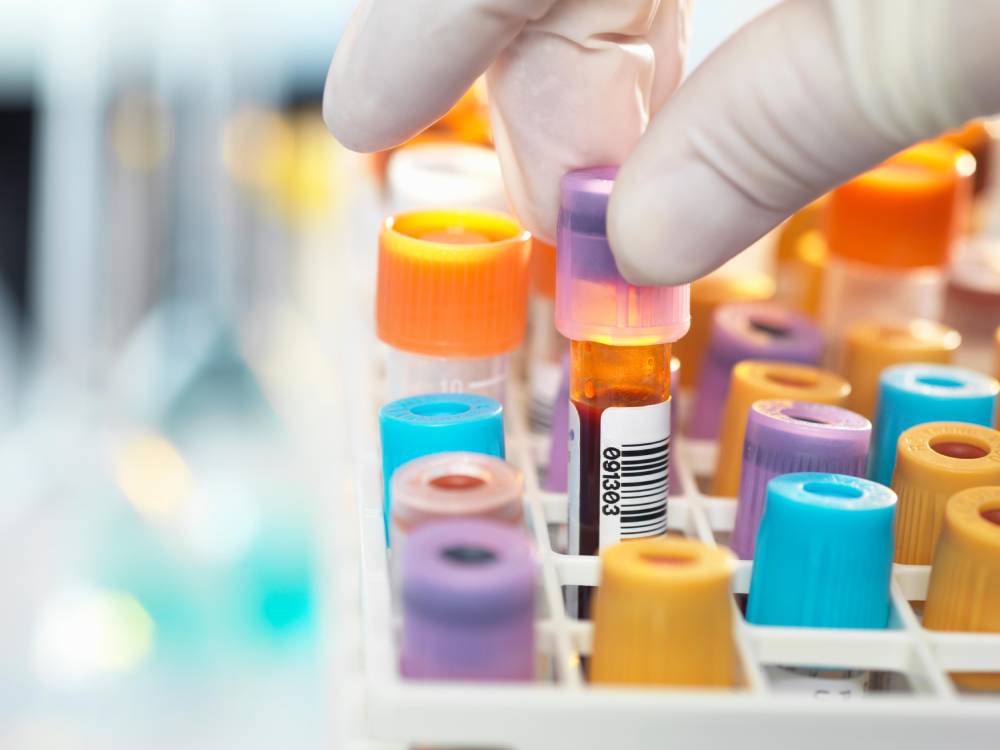release time:2021-10-14 17:19:45
With a fully automatic biochemical analyzer, the entire process from sample addition to result is done automatically by the instrument. The operator only needs to put the sample on the specific position of the analyzer and select the program to start the instrument to take the test report. Since there are no manual steps in the analysis, there is little subjective error, and because fully automatic biochemical analyzers generally have automatic reporting of abnormalities and automatic correction of their own work status, the system error is also small, bringing great convenience to the user.


2022-08-04
Biochemical analyzers are devices that automate the operation of biochemical analysis processes using physical, chemical, and computer technologies. The automated process of a biochemistry analyzer can include: identification and sample delivery, loading of samples and reagents, charging reaction and detection conditions (e.g., wavelength, temperature, time), data processing, and system maintenance.

2022-03-14
POCT (point-of-care testing) is an important tool for reducing mortality, morbidity and improving the quality of life of patients. Recent developments in emerging technologies have made new point of care devices possible. This article will introduce the recent trends in point of care diagnostics technology.

2021-09-27
There are two types of blood gas analyzers. One is the dry blood gas analyzer. The other type of wet blood gas analyzer, also called packet blood gas analyzer. Here is a brief description of the difference between dry and wet blood gas analyzers!